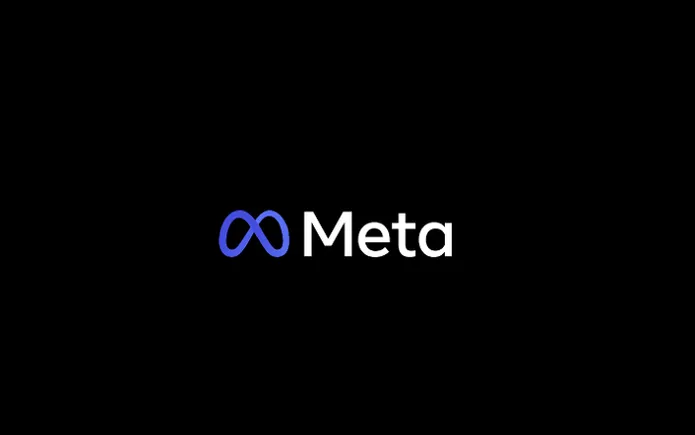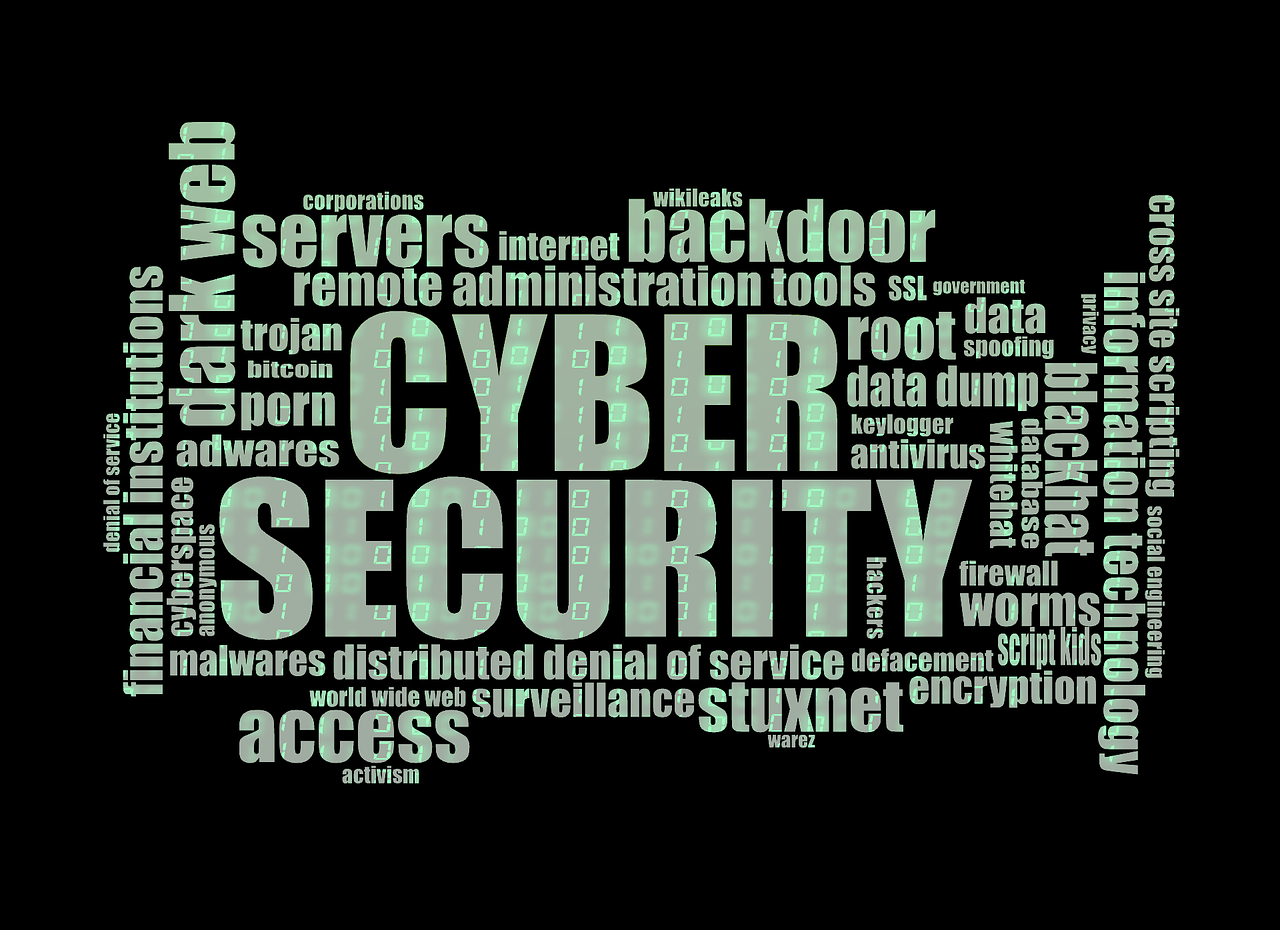How the Mining & Steel Industry is Reshaping Itself for a Sustainable and Strategic Era
The global mining and steel industry is entering a transformative decade—driven by decarbonization imperatives, automation technologies, and geopolitical realignments. According to BIS Research, the industry was valued at $875.7 billion in 2024 and is projected to reach $1.45 trillion...

Infrastructure Megacycles: Steel’s Demand Supercharger At the heart of the steel industry's growth lies an unrelenting global demand for infrastructure. Countries like India are targeting a tripling of steel capacity—aiming to reach 500 million tonnes by 2047, powered by states like Odisha and Chhattisgarh that are rich in iron ore. The Indian government has fast-tracked mining auctions, simplified land acquisition, and introduced a National Steel Policy to build self-sufficiency in raw materials. Globally, China's Belt and Road Initiative and the U.S. Bipartisan Infrastructure Law are driving demand for flat and long steel products used in roads, bridges, and electric grid upgrades. With 70% of steel used in infrastructure and construction, these megacycles are anchoring demand well into the next decade. Electrifying Production: The Rise of EAF and Green Hydrogen Traditional blast furnaces are being phased out in favor of Electric Arc Furnaces (EAFs) and Direct Reduced Iron (DRI) processes. EAFs enable the use of scrap steel, while DRI processes are now being coupled with green hydrogen rather than coal-derived syngas. Case in point: H2 Green Steel in Sweden is building one of the world’s first large-scale green steel plants powered entirely by renewable hydrogen. The project targets an annual capacity of 5 million tonnes with nearly zero emissions. Similarly, British Steel has announced a £2 billion plan to convert its Scunthorpe plant to EAFs by 2027, reducing carbon intensity by over 75% (The Times, May 2025). In Australia, a $636 million “Green Iron Fund” was launched in 2025 to create a new hydrogen-powered steel facility in Whyalla, enabling the country to compete globally in low-carbon steel exports (Reuters, Feb 2025). Digitalization in Mining: AI, IoT, and Autonomous Haulage On the mining side, the Fourth Industrial Revolution is underway. Companies are deploying real-time geospatial analytics, AI-based ore grading, and autonomous trucks to boost efficiency and safety. Rio Tinto’s Gudai-Darri mine in Australia is a flagship smart mine—powered by digital twin technology, 5G connectivity, and autonomous drilling rigs. These innovations have reduced downtime by 30% and increased ore recovery by 15%, according to the company’s 2025 ESG performance report. AI is also being used in predictive maintenance, allowing companies to detect equipment failures before they happen. Coupled with Internet of Things (IoT) sensors embedded in conveyors and crushers, this data-centric approach is transforming traditional extractive operations into intelligent, adaptable systems. Circular Steel and the Scrap Renaissance The steel industry is now seeing scrap not as waste, but as a strategic resource. Electric Arc Furnaces (EAFs), which rely on scrap rather than virgin iron ore, are leading this charge. Europe, in particular, is witnessing a rise in scrap trading regulations, as countries seek to retain materials domestically to produce green steel. A recent paper published on arXiv (2024) highlights that the EU will need to scale up its scrap collection and sorting infrastructure by 3X to meet climate-neutral steel targets. Policymakers are considering a “scrap passport” system to trace origin and quality, helping avoid carbon leakage through imported dirty scrap. Strategic Resources and Geopolitics Nickel, cobalt, and rare earths—essential for green steel and EV batteries—are now at the center of geopolitical competition. Indonesia has become a major player, leveraging its nickel reserves to attract over $20 billion in Chinese investment post its 2014 raw ore export ban. The Bahodopi Industrial Park is now one of the world’s largest nickel refining hubs (FT, May 2025). Meanwhile, the U.S. Inflation Reduction Act and EU’s Critical Raw Materials Act are incentivizing domestic sourcing and refining of strategic minerals, leading to a reshuffling of global supply chains. The Road Ahead: Smarter, Greener, More Resilient As the mining and steel industry reconfigures itself, the convergence of automation, decarbonization, and strategic resource planning will define its trajectory. Investments in AI-driven exploration, hydrogen-based metallurgy, and closed-loop material systems are not only improving operational metrics—they’re redefining competitiveness in a carbon-constrained world. To thrive in this new era, industry leaders must align capital spending with green technology adoption, deepen ESG transparency, and localize supply chains. The metals of tomorrow will not just be stronger—they’ll be smarter and more sustainable. About the Publisher: BIS Research is a global market intelligence, research and advisory company that focuses on emerging technology trends that are likely to disrupt the market. Its team includes industry veterans, experts, and analysts with diverse backgrounds in consulting, investment banking, government, and academia. The global mining and steel industry is entering a transformative decade—driven by decarbonization imperatives, automation technologies, and geopolitical realignments. According to BIS Research, the industry was valued at $875.7 billion in 2024 and is projected to reach $1.45 trillion by 2035, registering a CAGR of 4.63%. From digital twin-powered mines to hydrogen-fueled furnaces, the future of metals and minerals is becoming smarter, cleaner, and more strategic.
The global mining and steel industry is entering a transformative decade—driven by decarbonization imperatives, automation technologies, and geopolitical realignments. According to BIS Research, the industry was valued at $875.7 billion in 2024 and is projected to reach $1.45 trillion by 2035, registering a CAGR of 4.63%. From digital twin-powered mines to hydrogen-fueled furnaces, the future of metals and minerals is becoming smarter, cleaner, and more strategic.

 Tfoso
Tfoso 






























